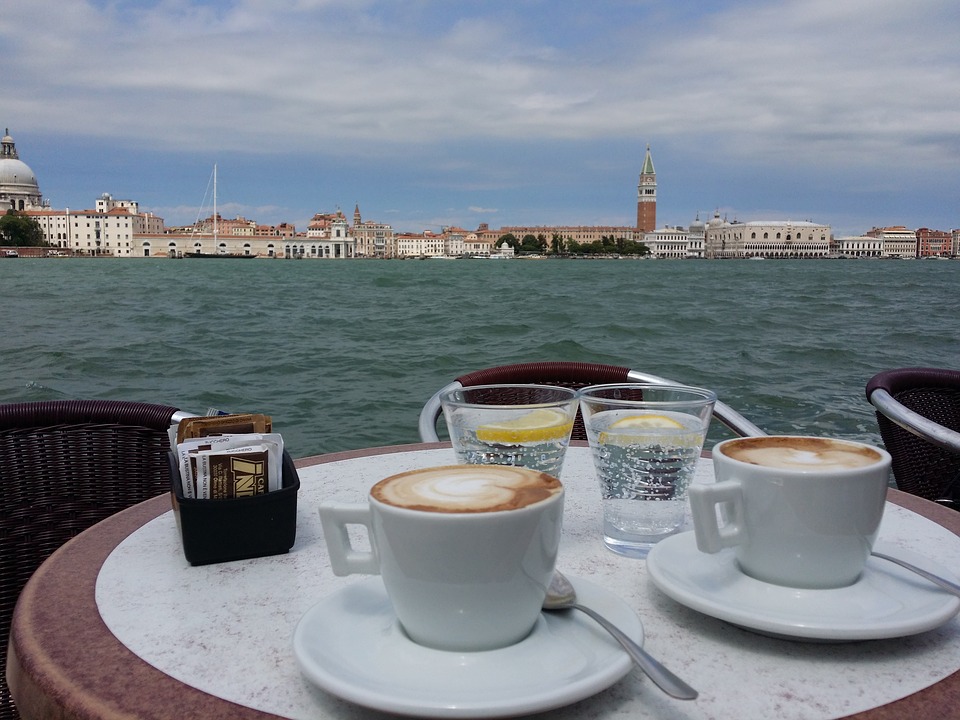It wasn’t until late in the 17th century that coffee was introduced to France, Germany, the Netherlands, and Poland. As coffee became more popular in Europe with the addition of thousands of coffeehouses, it spread to neighboring countries and throughout the entire continent.
France:
The earliest interaction between the French and coffee was recorded in 1657. A French orientalist and archaeologist named Antoine Galland noted the first appearance of France’s coffee in one of his journals. Jean de Thévenot, who was a traveler, linguist, and botanist, picked up coffee beans on one of his ventures through the East. These he shared with François Pétis de la Croix, another French orientalist, who in turn, shared them with Galland. Galland brought the beans into the national spotlight.
In 1669, Soleiman Agha, who acted as ambassador to Sultan Mehmed IV, traveled to Paris and arrived with a large quantity of coffee beans in 1669. He donated a portion of those beans to France’s royal court, and throughout the next year, Agha actively and firmly established the Parisian custom of drinking coffee. He hired waiters dressed in Ottoman garbs and would invite Parisian women to his home for extravagant coffee ceremonies. Coffee became a matter of class; it had no place in the lower class.
Germany:
This country first saw coffee around its North Sea ports in Bremen in 1673 and Hamburg in 1677. Germany originally adopted the English word for it, but it gradually transformed into the French café throughout the 1700s, which finally became the German Kaffee. Higher-class citizens had more regular access to coffee after Soleiman Agha held coffee ceremonies, so the popularity of the drink quickly spread to German islands and the Court of the Great Elector, Frederick William of Brandenburg. It was only in 1721 that Germany opened its first public coffeehouse.
Netherlands:
In 1616, the Dutch became the first Europeans to obtain live coffee trees. Pieter van den Broecke, a Dutch merchant, stole coffee bushes growing in Mocha, Yemen, and planted them in Amsterdam’s Botanical Garden, where they thrived and produced many arabica beans.
We have many varieties of coffee you might enjoy from all over the world. Try them all and tell us which brew is your favorite.



